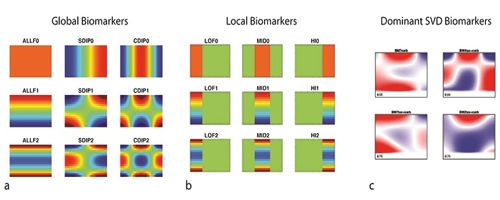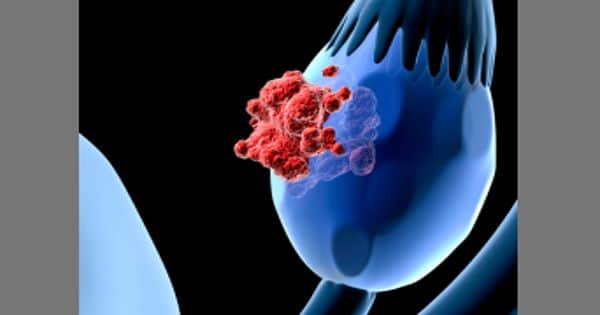Scientists discover Technology shines the light on ovarian cancer treatments effectively
Ovarian cancer is amongst the most common gynecological and lethal cancers in women from the age of 20-60. Scientists estimate that nearly 60% of all cancer patients do not respond effectively to chemotherapy treatments. Even worse — many of those same patients experience toxic and sometimes deadly side effects. The survival rate is limited to 5 years due to diagnosis in subsequent stages with a reoccurrence of tumor and resistance of chemotherapeutic.
A scientist and entrepreneur are working to use simple LED light to help determine if certain chemotherapy options will work for specific patients. The work is published in Scientific Reports.
“Nolte, who also is a member of the Purdue University Center for Cancer Research, said the light scattering dynamics give scientists and doctors detailed information about the likelihood of a chemotherapy drug being effective for a patient.”
The Purdue Research Foundation is a private, nonprofit foundation created to advance the mission of Purdue University. “We are using a technique very similar to Doppler radar used in the weather to advance personalized medicine,” said David Nolte, the Edward M. Purcell Distinguished Professor of Physics and Astronomy at Purdue’s College of Science. The foundation manages the Purdue Foundry, Purdue Office of Technology Commercialization, Purdue Research Park, Purdue Technology Centers, and University Development Office. “We take the LED light and shine it on biopsies. We then apply chemotherapy to the biopsies and analyze how the light scatters off the tissues.”

Technology shines the light on ovarian cancer treatments effectively
Nolte, who also is a member of the Purdue University Center for Cancer Research, said the light scattering dynamics give scientists and doctors detailed information about the likelihood of a chemotherapy drug being effective for a patient. Purdue University is a top public research institution developing practical solutions to today’s toughest challenges. Nolte said they have results within 24 hours. This first trial looked at biodynamic imaging on human patients with ovarian cancer.
Chemotherapy also leads to drug resistance causing enormous variations at the cellular level. Multifaceted mechanisms like drug resistance are associated with a number of genes and signaling pathways that process the proliferation of cells. “We look for signs of apoptosis, or what we call the controlled death of cells,” Nolte said. “Apoptosis is the signal that indicates the effectiveness of the chemotherapy for this patient’s tissues and tumors. For some cancers, there are so many treatment options available that it’s like a doctor is trying to fit square pegs in circular holes until the desired outcome is found. We want to make this process better for patients.”
Cancer stem cells (CSCs) continue to gain attention, as they are known to resist chemotherapy, self-renew, and re-populate the bulk tumor with undifferentiated and differentiated cells. Nolte has worked with several groups within the Purdue entrepreneurial and commercialization ecosystem, including the Purdue Foundry, on business plan development and management searches. AniDyn, a medical technology startup, was spun out of Purdue by professors Nolte and John J. Turek. AniDyn is focused on the development and commercialization of live-tissue imaging platform technologies.
Nolte also works closely with the Purdue Research Foundation Office of Technology Commercialization to patent and license his technologies. Using therapies with a combination that involves phytochemical or novel drug delivery systems involving the phytochemicals would be a novel treatment in cancer. Treatment will cause some physical and emotional changes. Some women experience many side effects, while others have few.














